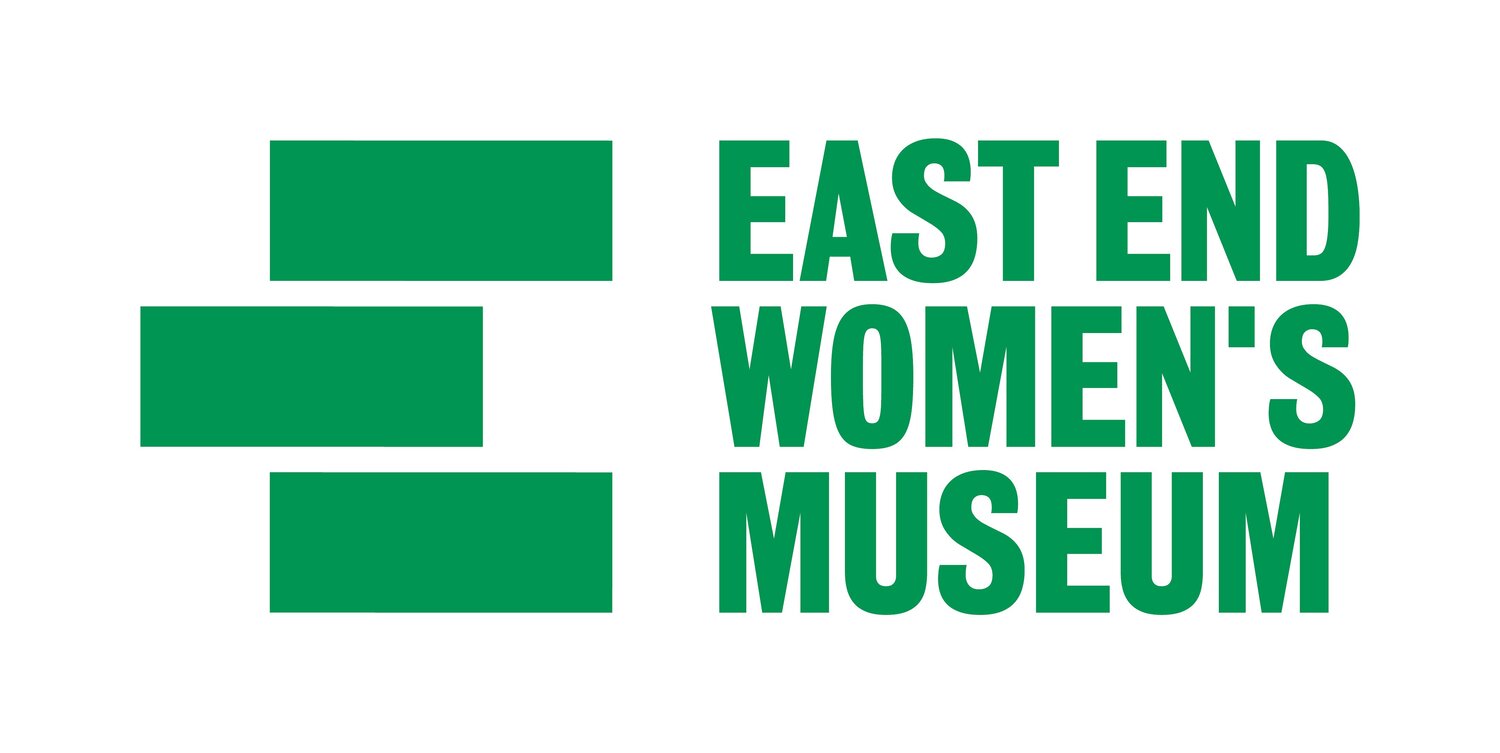From a working-class evil to a modern phenomenon, Walthamstow’s Becky Griffiths has reclaimed gin’s dark past and put east London on the map for its flourishing future.
People had time to re-evaluate many things in lockdown, but one thing that wasn’t up for question was the nation’s rediscovered love of gin. As hipster distilleries and swanky rooftop bars re-open throughout east London, it is hard to imagine that this drink and its many artisan flavours have a tumultuous past in these parts. There was a time when gin was associated with debauchery, anti-social behaviour and the downfall of many working-class people.
England experienced a ‘gin epidemic’ from 1720 to 1770, a time in which too much corn was produced resulting in the distillation of large amounts of gin at very cheap prices. While the premium prices we currently pay for gin might make this sound like a millennial dream, it caused mayhem in the streets. It became the drink of choice for the poor, acting as an antidote to handle lives of poverty and slum dwelling. Initially it was ‘touted for its medical benefits’, but the large consumption actually resulted in women becoming sterile and was a contributing factor to the death rate exceeding the birth rate during this time. The over-consumption of gin became such an issue that eight acts were passed in Parliament in an attempt to reduce consumption. At one stage, tax was even removed from beer to create an alternative and less lethal option.
Fast-forward over 250 years and the perception of gin has completely changed from a poison that ruined the poor and caused havoc on the streets to a premium beverage considered a trendy millennial option. There has been a gin boom over the last decade, with sales tripling since 2009 in the UK, and Becky Griffiths, the founder and creator of independent gin distillery Mother’s Ruin, has produced one of east London’s favourites.
Entrance for Mother’s Ruin Gin Palace in Walthamstow
(Image courtesy of Alexandria Beattie)
Outside of Mother’s Ruin in Walthamstow
(Image courtesy of Alexandria)
‘The East End is having a bit of a renaissance,” Becky explains. “The business has been running for about 8 years; it started as a little market stall down Wood Street indoor market. It came from things I used to make at home as I used to make sloe gin and damson gin. And then I did a few farmers markets where it sold and then I thought I need to get a premise. Walthamstow was investing in lots of small businesses at that point so it was a really good opportunity to have a go at a business. The community was interested in new businesses.”
Becky secured her own distillery in Walthamstow, with an on-site bar ready-made for socially distanced drinks.
The Mother’s Ruin bar is nestled away off a road that you might be forgiven for thinking is the turning for a car garage. It’s only when you get closer to these units, which used to be ammunition factories in the First World War, that you see a range of microbreweries and Mother’s Ruin - a colourful building delicately illustrated with flowers from top to bottom. It is the antithesis of Hogarth’s ‘Gin Lane’ piece, the famed representation of alcoholism of the 1700s, depicting a drunken mother unknowingly dropping a baby from her arms in the midst of a melee of street brawls. Around the time of his depiction ‘each man, woman, child, market-woman and magistrate in London was getting through something like a pint of gin a week’. Becky’s experience of making gin is the opposite of its dark connotations from Dickensian times.
“The things that I make I always used to make for friends and it’s something my mum would always make so it’s a little family thing,” said Becky. “I grew up in Cumbria, in the North of England and it is very much linked to that and that life in the country where you make things out of what has grown around you.”
William Hogarth, ‘Gin Lane’ (1751) © Wikimedia Commons
Mother’s Ruin is a part of the modern day ‘East End Renaissance’ alongside a host of other independent businesses providing a fun and friendly space for the community to enjoy, far from Hogarth’s depiction of chaos.
But gin’s controversial past is not lost on Becky. She intentionally sells the gin in bottles that ‘could be from 200 years ago…to represent the history of it’ and called her company Mother’s Ruin to ‘link to the history of it but with a sense of humour’. Becky’s welcoming and contemporary distillery is often buzzing with customers from far and wide and serves as a living reminder of how, what was once the people’s opium has been reimagined as a spirit of and for the community.
Author
Written by Alexandria Battie, 26. English literature graduate and current fashion merchandiser. Raised in Dagenham.
Sources
Reviewed Works: Gin: The Much Lamented Death of Madame Geneva by Patrick Dillon; Craze: Gin and Debauchery in an Age of Reason by Jessica Warner- Review by: Lisa Hiley
The Gin Epidemic: Gin Distribution as a Means of Control and Profit in Dickens's Early Nonfiction and "Oliver Twist" -Natalie Schroeder and Shari Hodges Holt
https://www.telegraph.co.uk/news/2018/07/03/gin-sales-triple-brits-turn-high-end-booze/




